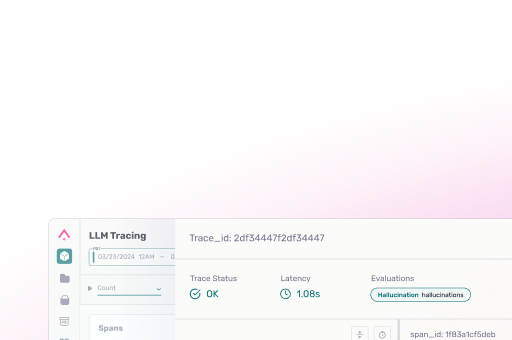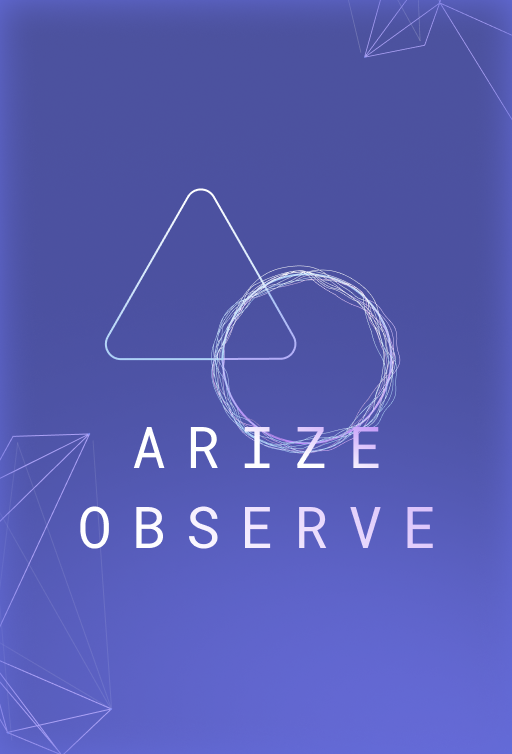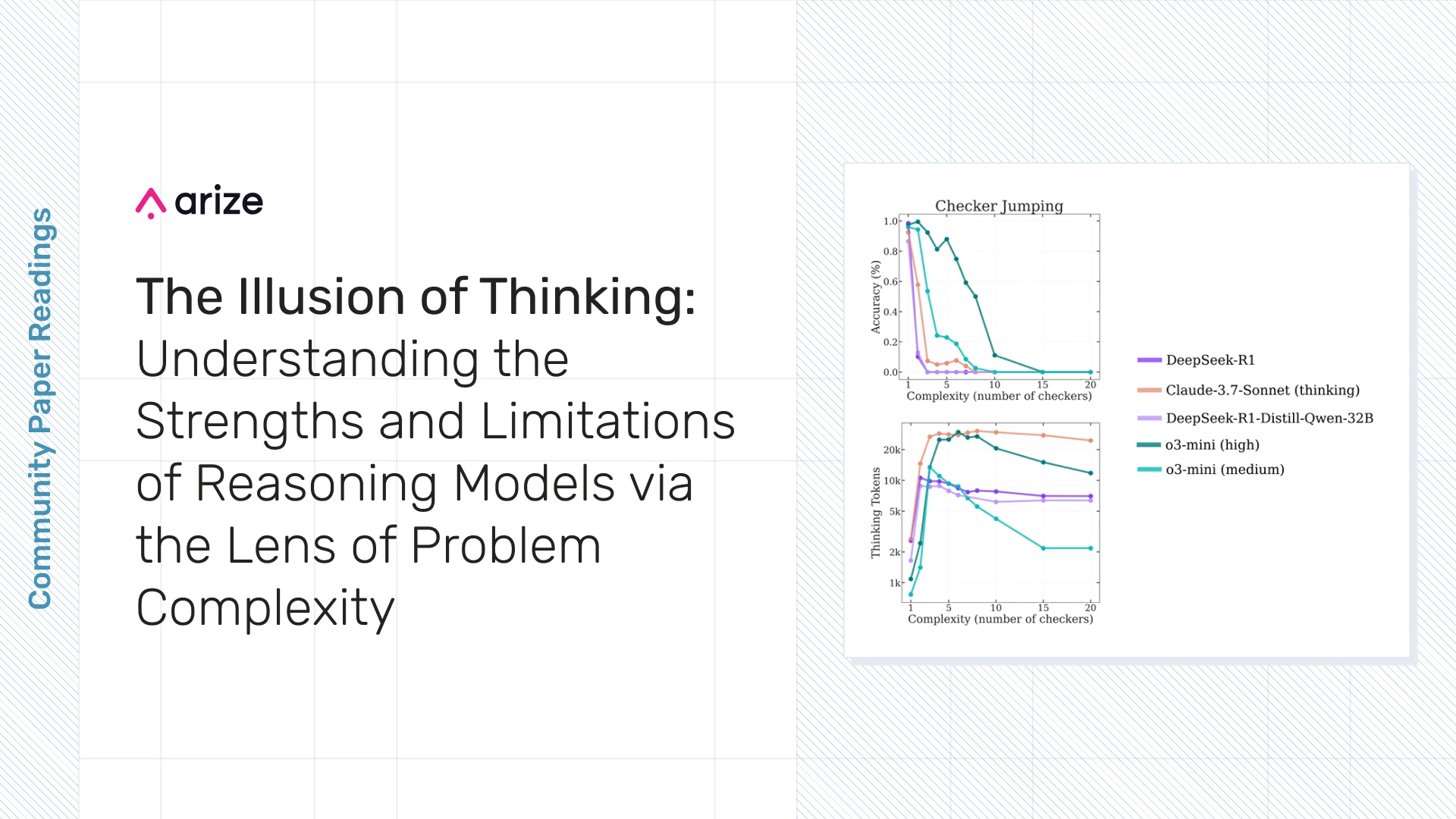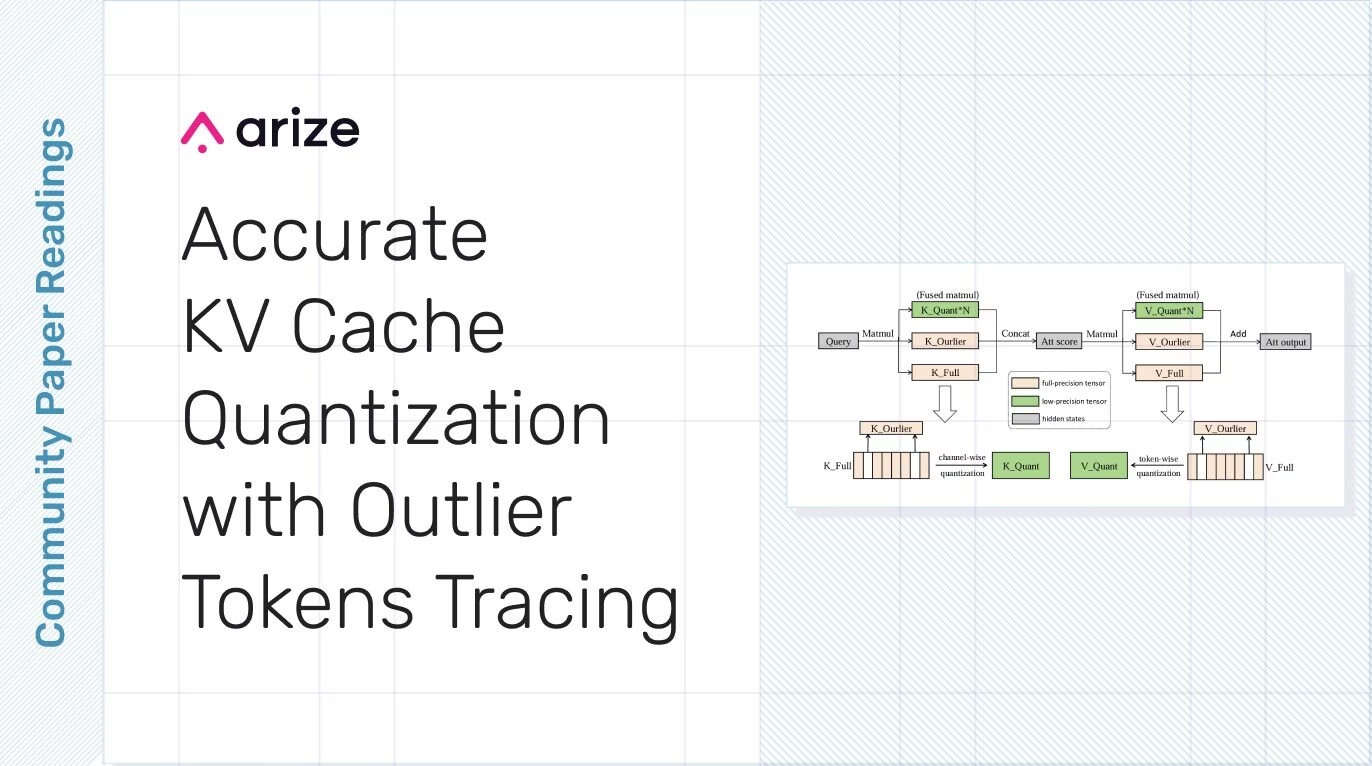
LLMs as Judges: A Comprehensive Survey on LLM-Based Evaluation Methods
We discuss a major survey of the LLMs-as-Judges paradigm: “LLMs-as-Judges: A Comprehensive Survey on LLM-based Evaluation Methods.” This paper systematically examines the LLMs-as-Judge framework across five dimensions: functionality, methodology, applications, meta-evaluation, and limitations. This gives us a birds eye view of the advantages, limitations and methods for evaluating its effectiveness. Read on for a summary of our discussion about the paper findings–which means a pretty definitive overview of what works and what doesn’t in LLM as a Judge.
Watch
Listen
Dive In
- LLMs-as-Judges: A Comprehensive Survey on LLM-based Evaluation Methods
- GitHub Repo for Paper
- See more AI research papers
- Join us live for the next paper reading
Summary of LLMs as Judges: A Comprehensive Survey on LLM-Based Evaluation Methods
LLMs as Judges evaluate outputs or components of AI applications for quality, relevance, and accuracy. The primary outputs of these systems include scores, rankings, categorical labels (e.g., factual vs. hallucinated), explanations, and actionable feedback. These outputs enable users to refine AI applications iteratively.
This scalable, consistent approach reduces dependency on human annotations, using interpretable explanations to provide insights.
The survey paper breaks down the concept into five dimensions:
- Functionality: The core roles of LLM judges.
- Methodology: How these systems are built and operate.
- Applications: Where they are being used.
- Meta-evaluation: How their effectiveness is assessed.
- Limitations: Challenges and areas for improvement.
LLM Evaluation Methods: Pointwise, Pairwise, and Listwise
LLM judges use three main input types for evaluation:
- Pointwise: Evaluates one output at a time.
- Pairwise: Compares two outputs to determine the better one.
- Listwise: Ranks multiple outputs, ideal for complex tasks like search results ranking.
Criteria for Assessment
LLMs as judges assess outputs based on various criteria, including:
- Linguistic Quality: Fluency, coherence, and grammatical accuracy.
- Content Accuracy: Fact-checking and logical consistency.
- Task-Specific Metrics: Completeness, diversity, and informativeness.
- User Experience: Usability and intuitiveness.
Reference-Based vs. Reference-Free Evaluation
- Reference-Based: Relies on external benchmarks or datasets.
- Reference-Free: Uses internal model logic and contextual knowledge.
Applications of LLM as a Judge Across Domains
LLM judges find applications in diverse fields such as:
- Summarization and Retrieval-Augmented Generation (RAG): Ensuring coherence and relevance.
- Multimodal Models: Evaluating text, audio, and images.
- Domain-Specific Use Cases: Tailored evaluations for medical, legal, and educational contexts.
Limitations and Challenges of LLM as a Judge
Despite their promise, LLM judges face notable challenges:
- Bias: Inherited from training data or prompt design.
- Domain Expertise: Limited knowledge in specialized areas.
- Prompt Sensitivity: Variability in results based on prompt phrasing.
- Adversarial Vulnerabilities: Susceptibility to misleading inputs.
- Resource Intensity: High computational costs for large-scale evaluations.
Strategies to Mitigate Limitations of LLM as a Judge
The paper suggests strategies to address these challenges:
- Regularly audit for bias and fairness.
- Incorporate domain experts in the evaluation process.
- Standardize prompt designs to reduce variability.
- Combine human oversight with automated evaluation systems.
Key Takeaways
- LLM judges provide scalable, flexible, and interpretable evaluation methods.
- Effective use requires defining application-specific criteria and aligning them with stakeholder goals.
- Limitations, like bias and prompt sensitivity, demand careful design and monitoring.
- Human-AI collaboration enhances reliability and enables iterative improvements.
The survey paper underscores the transformative potential of LLMs as evaluators while emphasizing the importance of addressing their limitations. As AI systems grow more sophisticated, LLM judges will play a vital role in shaping robust, scalable evaluation frameworks.
Get started with Phoenix, our fully open source AI observability product, for a solid foundation to start building and iterating.






